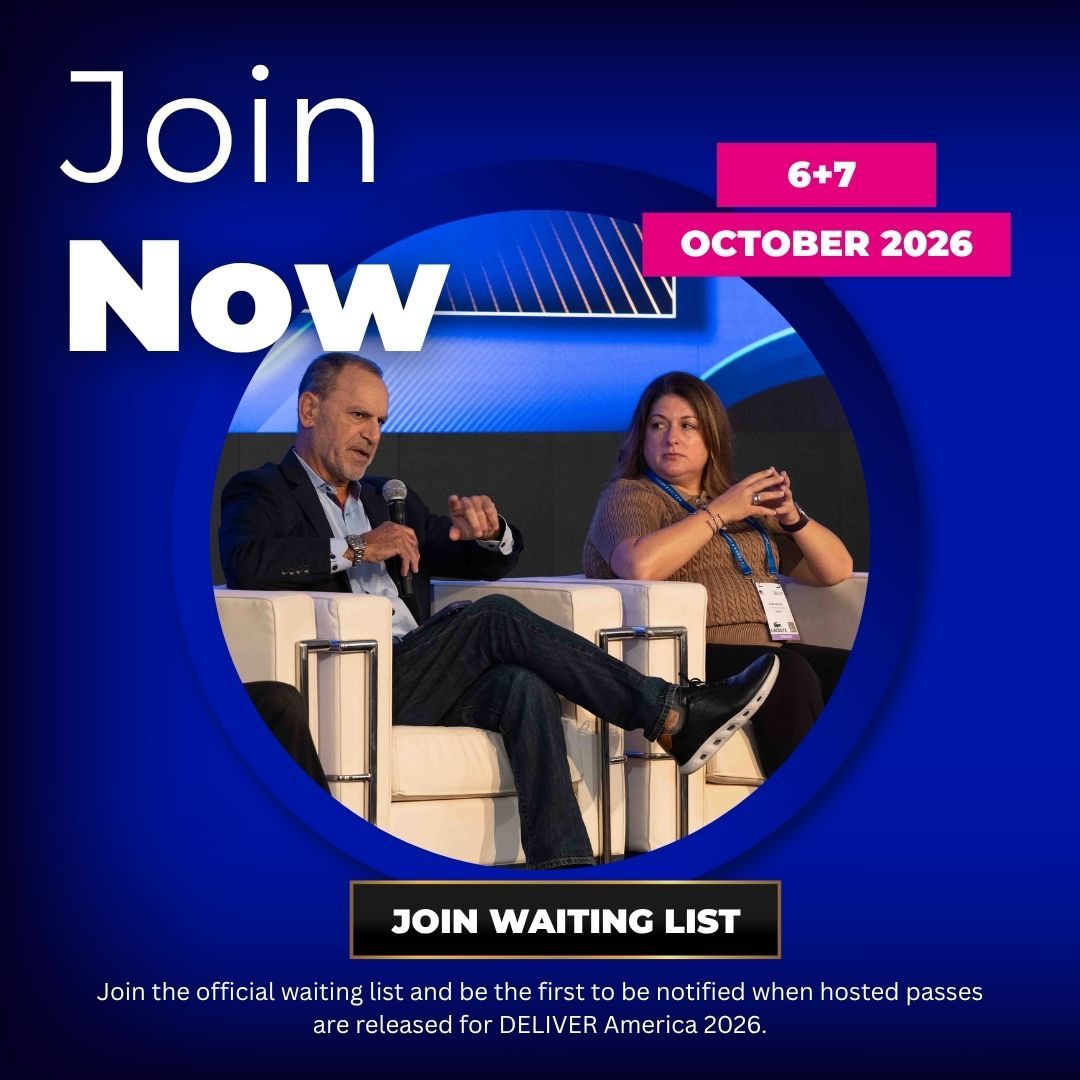Hack Your Delivery: The Impact of Autonomous Systems
Reinventing Delivery from the Ground Up
At DELIVER America 2025, Jesse Chen, Director of Logistics at Nestlé, took the audience on a fast-paced journey through the evolution of modern fulfillment — from optimizing the last mile to envisioning a fully autonomous logistics network.
Opening with humor (“Nothing cures a hangover better than speaking at 9 a.m.,” he quipped), Chen quickly turned serious: “At Nestlé, we’ve had to rethink what speed, cost, and flexibility mean in delivery — especially as autonomous systems begin to change the rules.”
Building a Multi-Brand, Multi-Speed Network
Nestlé, best known for consumer staples like Kit Kat and Häagen-Dazs, also operates a complex ecosystem of direct-to-consumer brands. These include Nespresso, Purina, and Freshly, each requiring a different logistics model.
In 2022 alone, Nestlé spent nearly $300 million on last-mile delivery across its U.S. operations. But for Chen, the challenge wasn’t scale — it was efficiency.
“Nespresso’s strategy was traditional,” he explained. “We expanded from four to seven distribution centers to reach 80% of customers with one-day delivery. But Freshly had no time or money to build that.”
Instead, Chen engineered a zone-skipping middle-mile network, injecting shipments into 20 regional points to bypass costly carrier zones. The result: 87% next-day delivery coverage using only two DCs — with unit shipping costs reduced to $7 per box, compared to Nespresso’s $8.
This experiment underscored a key point: logistics innovation doesn’t always come from bigger budgets — sometimes it’s about rethinking the system.
The Power of the Middle Mile
Chen highlighted how managing the middle mile — the often-overlooked link between regional DCs and final carriers — can dramatically improve both cost and speed.
By employing a multi-carrier strategy and taking control of injection points, Nestlé reduced dependency on major carriers like UPS and FedEx, while building flexibility into its supply chain.
“Zone skipping is like building your own conveyor belt across the country,” Chen said. “It gives you control over time and cost — and sets you up for the next transformation: autonomy.”
The Coming Wave: Autonomous Logistics
Having spent seven years in the automotive industry, Chen connected his logistics background with the rise of autonomous trucking.
“When trucks can operate 24/7, the concept of distance changes,” he explained. “It literally shrinks the map.”
In traditional logistics, delivery zones and DC placement are defined by human driving hours and rest periods. Autonomous trucks erase those limits. A journey from New York to Los Angeles — once five days — could soon take three.
The implications are profound:
-
Faster coverage with fewer nodes
-
Lower costs through continuous operation
-
Mega DCs replacing dense regional networks
“It’s like Europe’s bullet train system,” Chen said. “You cover greater distances in less time — and that changes everything about network design.”
The Rise of the Mega DC
As autonomous trucks and advanced automation mature, Chen predicts the next decade will bring a shift from micro-fulfillment centers to “super-sized DCs.”
“Amazon and Walmart can afford complexity — hundreds of micro-fulfillment hubs. But not everyone can play that game,” he said. “For the rest of us, the answer is hyper-efficiency under one roof.”
These mega distribution centers will leverage automation, robotics, and AI-driven orchestration to handle volume at lower cost and higher precision — delivering parity with micro-fulfillment’s speed, but without the sprawl.
In this model, inventory centralization becomes an advantage, not a bottleneck. The middle mile, empowered by autonomous fleets, bridges the gap.
A Long View on Technological Change
Chen closed with a reflection on how industries tend to misjudge innovation timelines.
“We overestimate what technology can do in a year,” he said, “and underestimate what it can do in ten.”
He compared the coming decade in logistics to compound interest — where small, steady advances in automation, AI, and network design accumulate into a transformational leap.
“Autonomous delivery won’t just make shipping cheaper,” he warned. “It will redefine what it means to be fast — and what it means to be competitive.”
His advice for leaders was simple but strategic:
-
Track emerging technologies early.
-
Prepare operational structures to absorb change.
-
Design logistics systems for adaptability, not perfection.
“Think not about next year,” he concluded, “but about what your network should look like five or ten years from now — and start building for that world today.”


